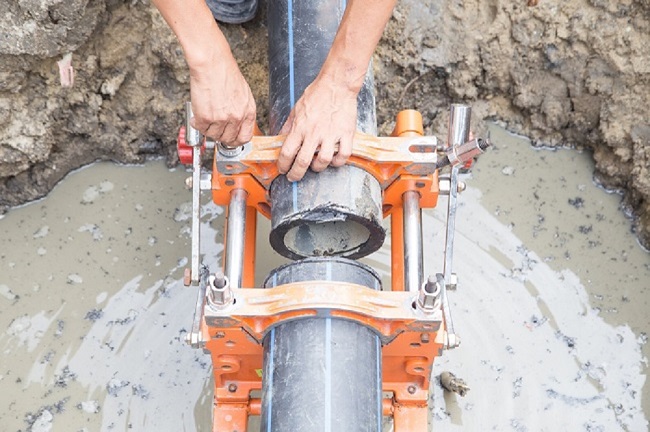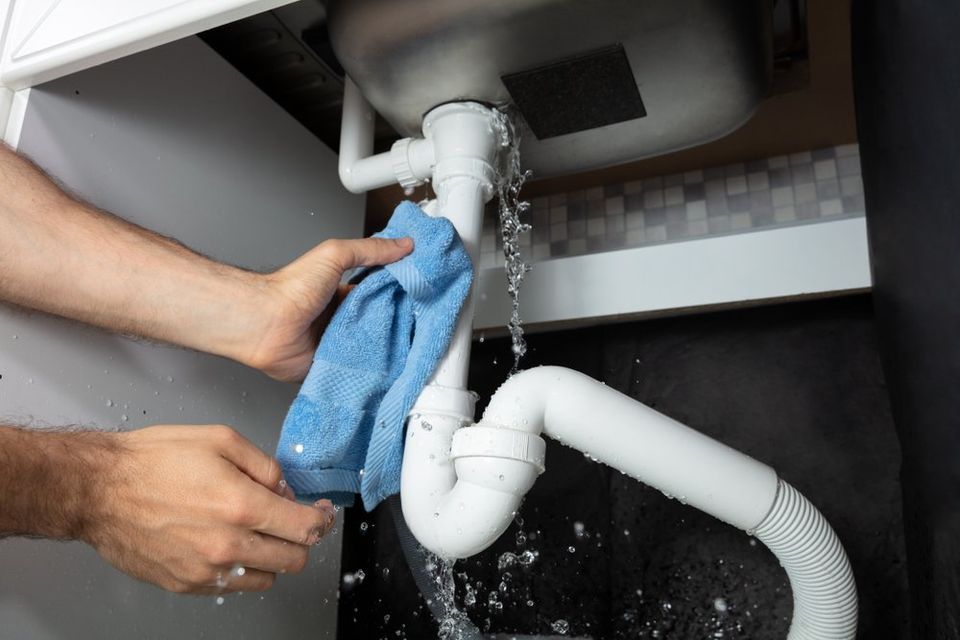How to Swiftly Detect and Resolve a Leaking Pipe Problem
How to Swiftly Detect and Resolve a Leaking Pipe Problem
Blog Article
Were you on the lookout for critical information about How to Install and Connect a New Dishwasher?

A burst pipe is a significant emergency; you can just stand as you enjoy water you pay a lot to rejoin with the earth. In worse situations, you observe a pool on your kitchen area floor, which is a fantastic journey danger, especially if you have youngsters around. If the pipeline that ruptured remained in your walls, trouble: you might require to repaint that whole section.
Just how can a tragedy like a burst pipeline be avoided as well as managed? Well, by listening to your specialist emergency plumbing professionals and following these guidelines.
Just how do I understand when my pipes have burst?
Fluctuating water pressures
Pipes do not simply burst in a day. You might have seen that your kitchen area faucet or shower does not run promptly when you transform the faucet. It might pause for a few seconds and afterwards blast you with even more pressure than common.
In various other circumstances, the water may seem normal at first, after that decrease in pressure after a few secs.
Infected water
Many individuals think a burst pipe is a one-way electrical outlet. Rather the contrary. As water flows out of the hole or gash in your plumbing system, impurities discover their way in.
Your water might be polluted from the source, so if you can, examine if your water storage tank has any issues. Nonetheless, if your drinking water is provided and cleansed by the local government, you need to call your plumber instantly if you see or smell anything amusing in your water.
Puddles under pipes and also sinks
When a pipeline ruptureds, the discharge forms a puddle. It might show up that the puddle is growing in size, and despite how many times you wipe the puddle, in a few minutes, there's another one waiting to be cleansed. Typically, you might not have the ability to map the puddle to any visible pipelines. This is an indicator to call a professional plumber.
Wet walls and also water discolorations
Prior to a pipeline ruptureds, it will leak, the majority of times. If this consistent leaking goes undetected, the leakage may graduate into a vast wound in your pipeline. One very easy way to avoid this emergency is to watch out for wet wall surfaces ad water spots. These water spots will lead you right to the leak.
Untraceable trickling noises
Pipe ruptureds can take place in one of the most unpleasant places, like within concrete, inside wall surfaces, or under sinks. When your house goes quiet, you might be able to listen to an irritatingly persistent trickling noise. Also after you've examined your shower head and cooking area faucet, the dripping may proceed.
Beloved viewers, the dripping may be originating from a pipeline inside your wall surfaces. There isn't much you can do concerning that, other than tell a professional plumber.
Show up the Warmth
Establish followers to blow warm right into chilly areas. Keep the garage door closed. If you have decreased water circulation, heat one of the most prone pipes (generally in cellars as well as crawl spaces or near outside walls) with a hair dryer. Leave the faucet on while you apply heat. As you melt ice, the circulation will certainly raise. To stop pipes from freezing, protect your walls.
Start Removing the Water
Get hold of the mop, buckets and a store vacuum to begin to do away with the water due to the fact that you definitely don't want it soaking right into whatever else in your house. And also, a quick tidy up will lower the chances of something obtaining musty.
What do I do when I find a ruptured pipeline?
Your water meter will continue to run also while your water wastes. To minimize your losses, find the primary controls and transform the supply off. The water pipe are an above-ground structure beside your building.
How to Fix & Detect a Leaking Pipe
How Do I Know if a Pipe is Leaking?
Leak detection tests can help you determine if your pipe has a leak. Even if you don’t see an apparent leak, you should still conduct leak detection tests regularly to save water and money—and prevent major damage to your home.
Water meter. It can be helpful to figure out what your usual water meter usage numbers are and then monitor them regularly. To monitor your meter, first, turn off all water faucets in your home. Check the meter and write down the numbers. In a few hours, check the meter again. If the numbers have changed, you have a leak. Water gauge. Use a water gauge to test your water pressure. Your showerhead should produce a certain amount of water pressure based on its model and design. If the pressure is lower than it is supposed to be for that specific showerhead, your home likely has a leak. Puddles. Look inside your bathroom, laundry, and kitchen sink cabinets. Puddles around the cabinets or around toilets, tubs, showers, and washing machines indicate the presence of a leaking pipe. You may also notice loose tiles, peeling or flaking paint, or mold caused by water accumulation. Napkin test. Even if you don’t see any puddles, you may still have a leak. You can test for water leaks in the bathroom, laundry, and kitchen by wiping below-sink connections with a napkin, paper towel, or piece of toilet paper. If it becomes damp, you probably have a leaking pipe under the sink. Discolored walls. Walls that are discolored—usually with brown or yellow stains—or bulging might mean that they have been impacted by water damage caused by a leaking pipe. Smell. A leaky pipe will create sitting water, and over time, that water may develop a musty smell. If your home smells musty, but you can’t locate the source, it may be due to a leak. Steps for Fixing a Leaking Pipe
A leaky drain can be remedied by tightening the pipe base, replacing the drain seal, caulking the rim, and tightening the pipe nut. Similarly, a leaking toilet pipe can be treated by tightening the packing nut. You may also need to replace the valve. A leaky faucet may just need tightening or replacement of the washers. If that doesn’t work, consider replacing your faucet. If your pipe has a hole in it, you may want to use a pipe leak sealer or pipe leak tape. This quick fix for water pipe leaks can also temporarily fix a copper pipe leak. https://www.ahs.com/home-matters/quick-tips/how-to-tell-if-pipes-are-leaking/

I recently found that blog post about How to Prepare for Your Dishwasher Installation when doing a lookup on the internet. Do you know someone else who is very much interested in the niche? Be sure share it. Thanks a lot for going through it.
Quality commitment here. Report this page